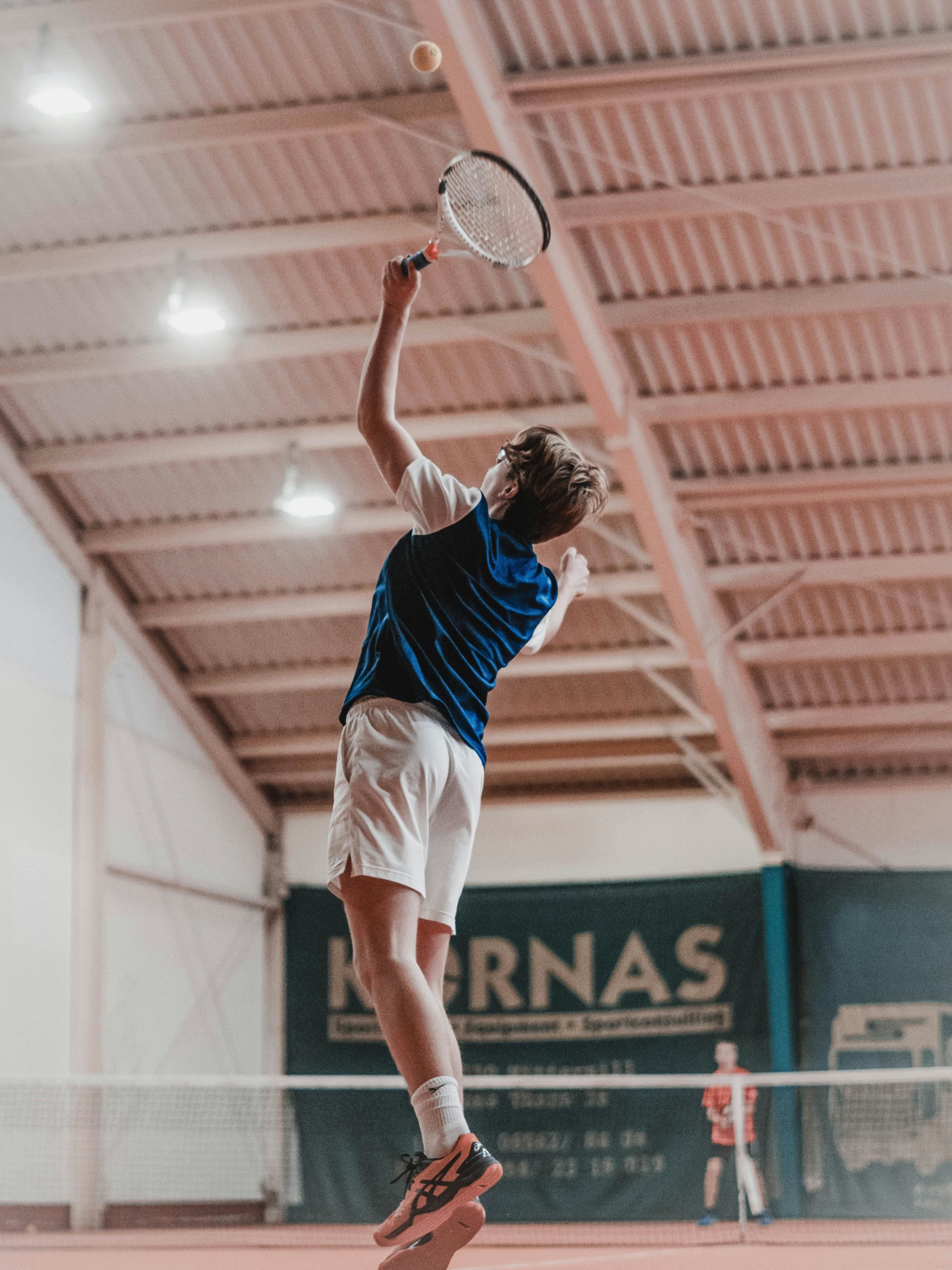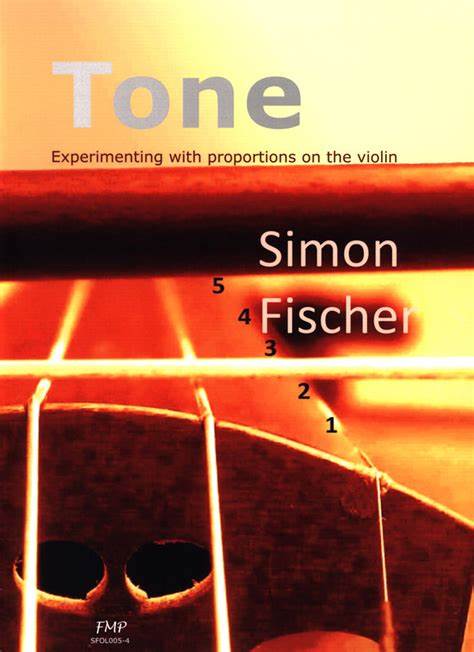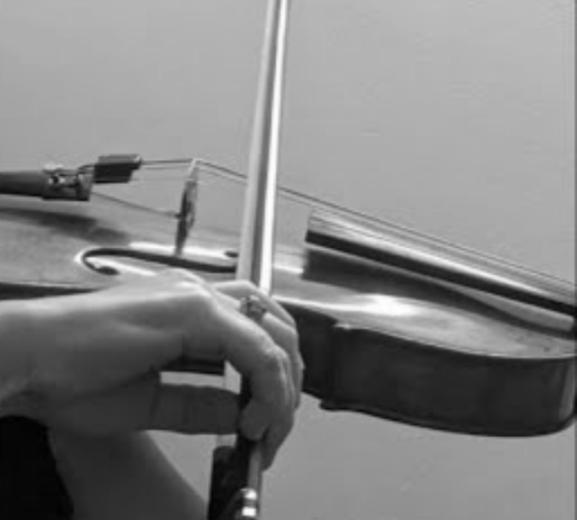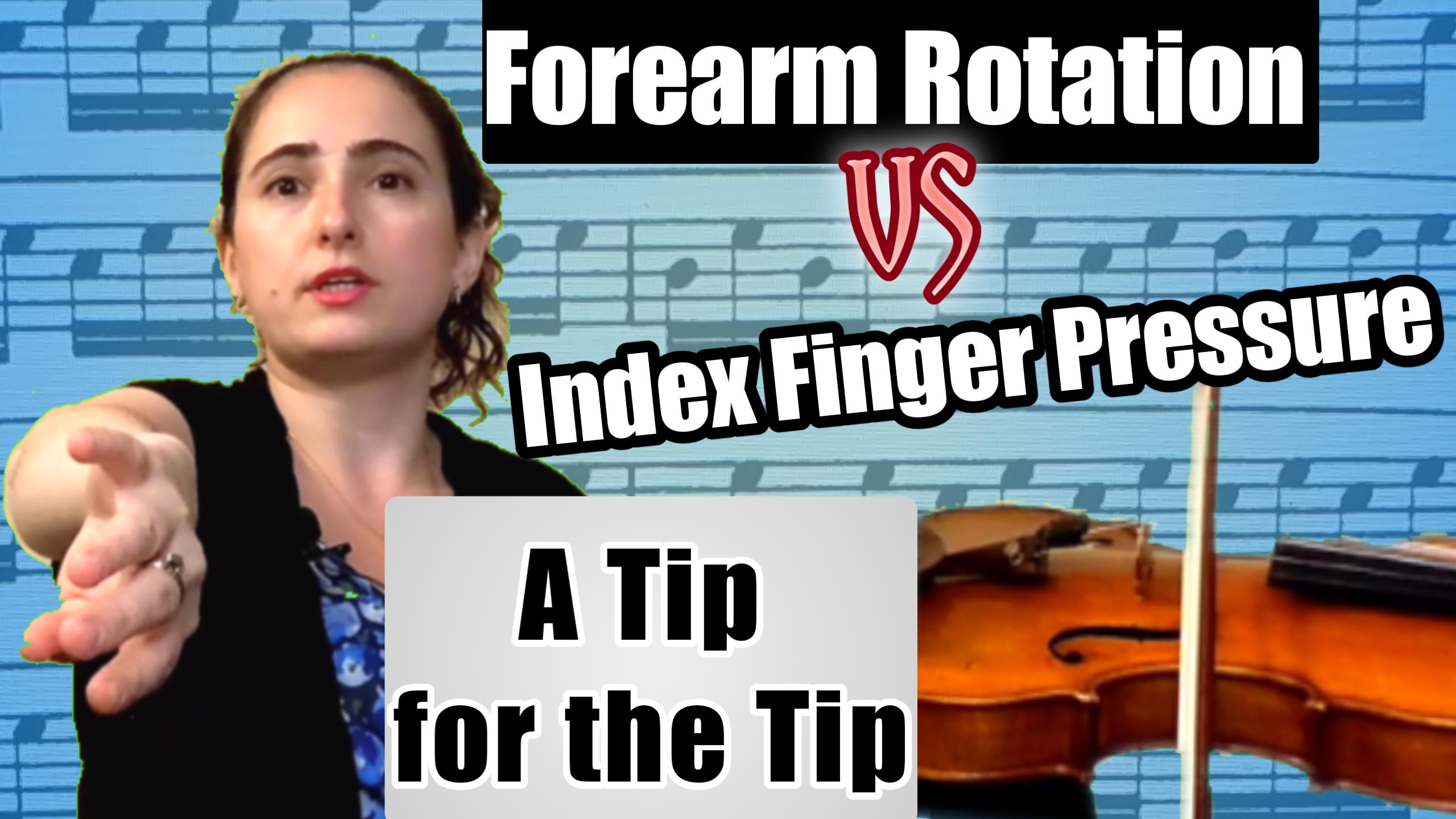
To execute a specific skill, an athlete’s movement goes through 3 phases: the preparation, the action (this can be a tennis serve or golf swing, for example), and the follow-through. String playing is no different when it comes to consistency in the beginnings and ends of our notes. The quality of these prep and follow-through movements will determine the quality of the note(s). Continue reading “Unilateral & Bilateral Motion for Healthy Prep and Follow-through Movements in String Playing”





